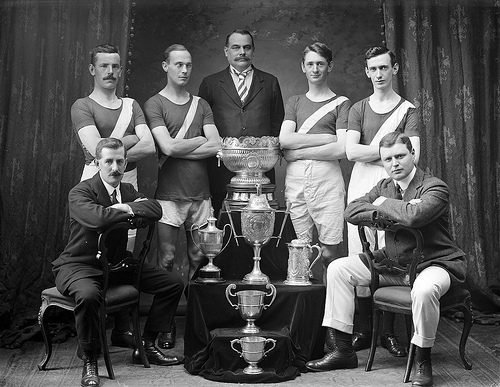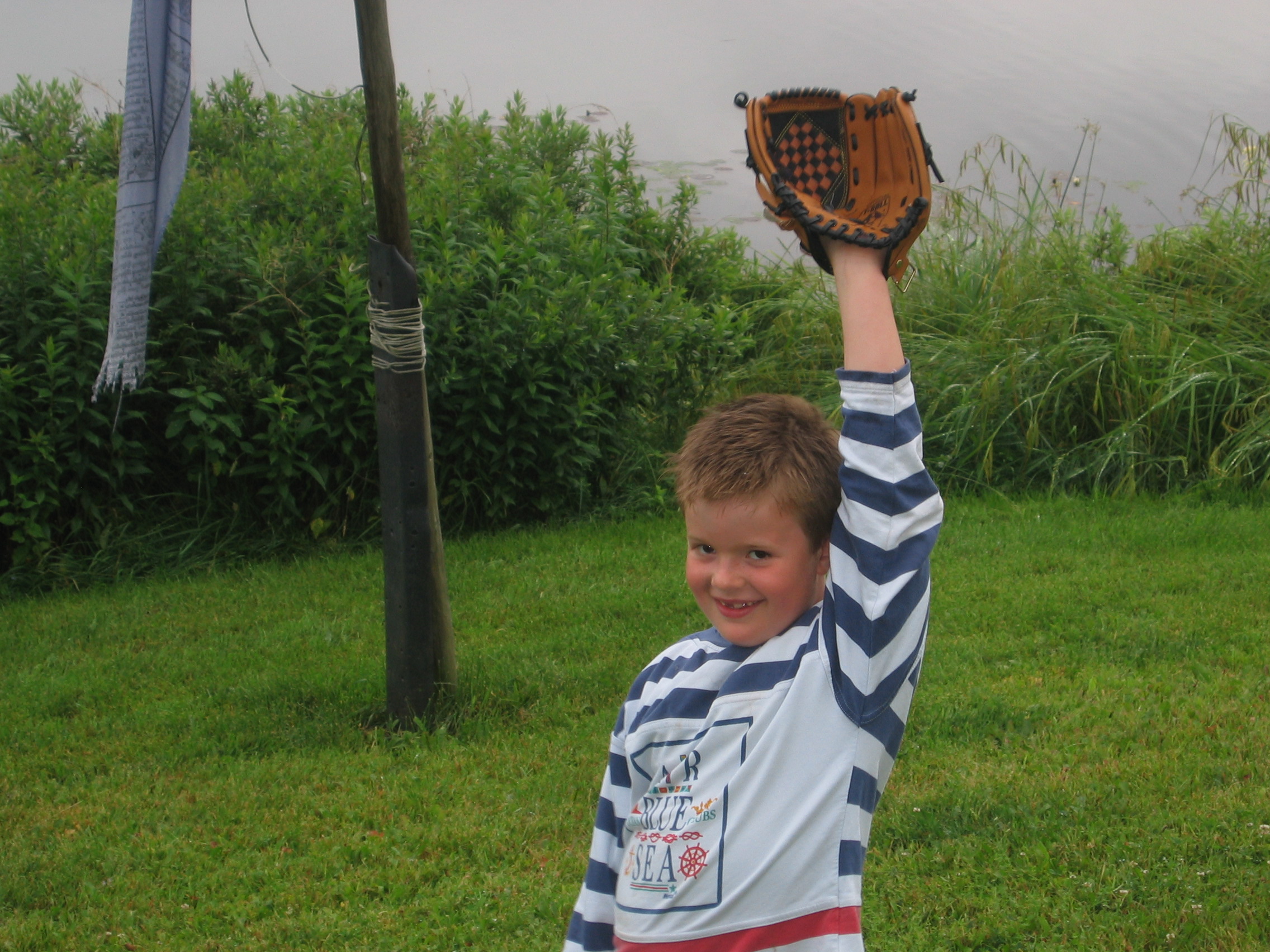
An honest bumper sticker?
Have you ever talked to someone about goals, dreams and plans? It can be fun and inspiring, especially if that conversation is with one or more of our children. There’s something about sharing a dream, visualizing a future result and making a plan to get it done that can bring people closer together.
And it doesn’t much matter what you (or they) are aiming for. Whether you want a promotion, the next step in a formal education, to take a great family vacation, write a book or win an award at the science fair, the same basic process applies. Desire, visualization, planning, action.
But what about someone who completes most of those steps only to tear apart their own dreams? I once heard a workshop speaker talk about those bumper stickers that say “I’d Rather Be…” (sailing, golfing, sleeping…) He said he disliked them because they were dishonest. “If people would truly rather be sailing, they would take the steps and make the sacrifices necessary to make it happen.”
It’s a story that comes to mind when I start to make excuses or to decide that I’m “too busy” for people or activities that matter to me. I think of it when people sign up for NaNoWriMo only to spend their time telling the rest of us they “don’t have time” to get their draft done.
These conversations tend to be loaded with “yabbits.” You know the ones in which the words… “Yeah, but…” introduce an obstacle or excuse. Sometimes a little supportive questioning is enough to help melt away the obstacles and lead to action. Other times it leads to more and better and stronger excuses: yabbits on steroids.
Knowing this can come in handy when the kids are peppering you with “wants.” Help them learn the difference between the casual, “it would be nice if” wants and the “I’m going to do everything in my power to make this happen” wants. Asking them about resources, the time they’re willing to commit and what they may have to sacrifice can lead to some great discussions and help them learn to “vote with their time.”
Kids easily pick up on the contradictions between what we say and what we do. And, yabbits are a great early warning sign. They can indicate fear, a lack of confidence or, in some situations, a lack of desire.
Good role models notice them and take the necessary action: give up the goal or give up the excuses and get on with it.
The consistency will benefit everyone around you.




